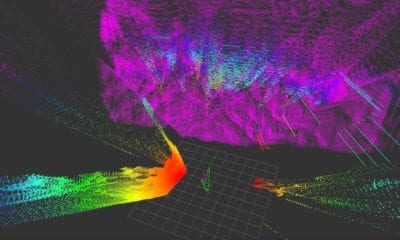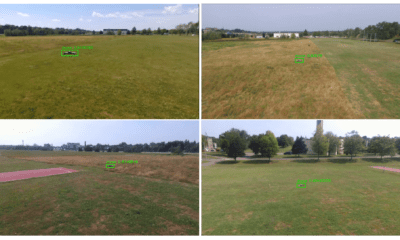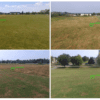
AI
Innovations in Mobile Ad Hoc Networks
The title may be a little confusing; well, what on earth is a “Mobile Ad hoc network?”
A mobile ad hoc network (MANET), also known as wireless ad hoc network or ad hoc wireless network, is a continuously self-configuring, infrastructure-less network of mobile devices connected wirelessly.
Each device in a MANET is free to move independently in any direction, and will therefore change its links to other devices frequently. Each must forward traffic unrelated to its own use, and therefore be a router. The primary challenge in building a MANET is equipping each device to continuously maintain the information required to properly route traffic. Such networks may operate by themselves or may be connected to the larger Internet. They may contain one or multiple and different transceivers between nodes. This results in a highly dynamic, autonomous topology.
Quite since 1990’s since laptops became mainstream and Wifi chips were just starting to get into practical usage, the research in MANET systems accelerated to the point it is at right now; the immense research papers done on MANET can be seen on Annals of Telecommunication, a peer-reviewed scientific journal published by Springer Science + Business Media.
Annals of Telecommunication conducted a workshop on “Emerging Trends and Applications in Ad Hoc Networks” aimed at study and analysis of different papers on MANETs which was primarily because of the new technologies introduced to the IT sector such as UAVs using Internet of Things (IoT) and advanced Artificial Intelligence (AI).
Summary
The paper “Time-Constrained Anycast Routing under Short Contact Duration in Delay Tolerant Networks” by Tuan Lee and Mario Gerla was aimed at improving delivery rates and performance as per traffic overhead. That is to say, the paper was aimed at real life application of calling emergency services. The automated program would quickly take reports of an emergency situation and call the nearest ambulance while also considering factors like traffic and signals.
The paper “Context-Adaptive Forwarding in Mobile Opportunistic Networks” by Radu Ciobanu, Daniel Gutierrez, Ciprian Dobre, and Sergio Toral introduces the new concept of “context” in the utility function definition. This essentially revolutionizes automated packing systems; a conveyer belt simply loading up bags of cement on a truck will now understand the position of the said truck, the weight of each bag and decide what would be the best order to place the bags so as to save time and energy.
The next two papers address an interesting common topic in the field of flying ad hoc networks (FANETs), enabled through the development of drones and UAVs. Due to the high mobility of such flying devices, maintaining a satisfactory quality of data streaming is a challenging issue, not to mention the energy efficiency problem of battery-powered devices. These papers ensured smooth communication of UAVs or drones with their source code or even a radio transmitter which could also just be a smartphone.
To conclude, we would say that the workshop conducted by Annals of Telecommunication has not only summarized some critical research, but more importantly, has led to the integration of the research conclusions developed by different researchers; highly improving the effectiveness of further development.
Citation: Fratta, L., Gerla, M. & Lim, KW. Ann. Telecommun. (2018). https://doi.org/10.1007/s12243-018-0662-3


























